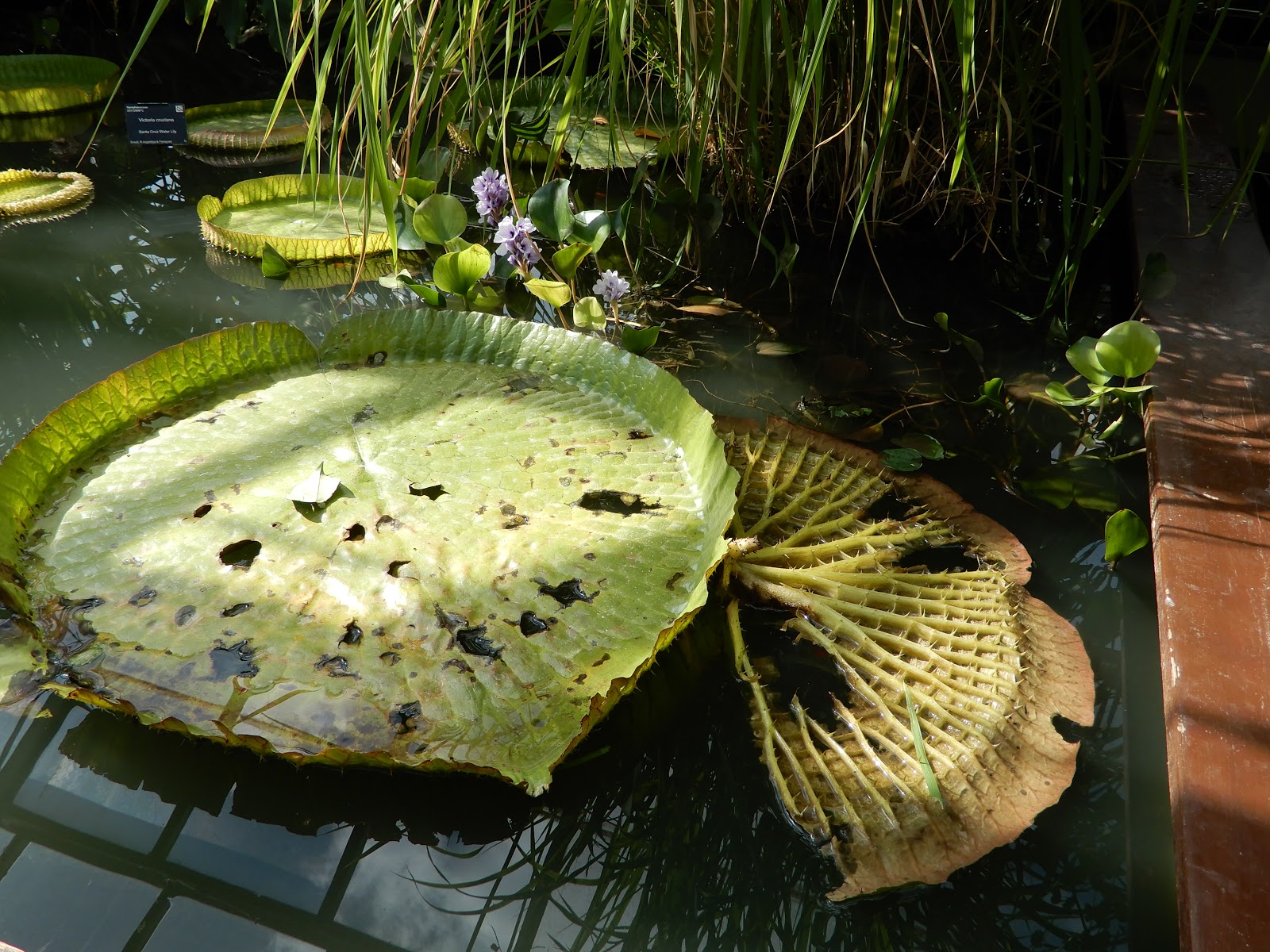Anglesey Abbey
Anglesey Abbey is a National Trust property in the village of Lode, near Cambridge. The site includes a country house built on the remains of an Augustinian Priory, 114 acres of gardens and a working mill. The Priory was closed in 1536, and a Jacobean-style house was built about 60 years later. The house and grounds were left to the National Trust in 1966 and are now open to the public.
After leaving the car park, the first part of the grounds we looked round was a long stretch of trees with several statues along the way.
Lode Mill is an 18th-century watermill that has been restored and is still in use today – a fact that I didn’t know until we were inside the mill and things started moving.
The dahlia garden was first created in 1952 and features over 70 different coloured varieties of dahlias. There was a lovely part of the garden that we stumbled upon when we were leaving that had a little hideaway where you could go and see the birds and squirrels.
















































